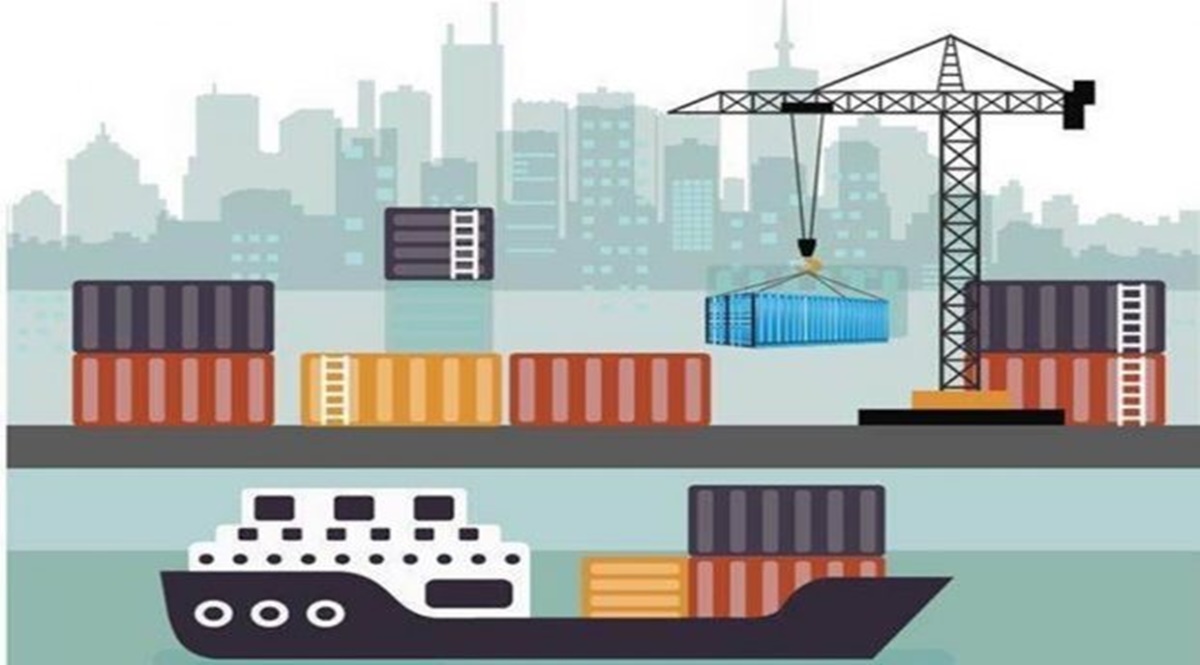25 Mar , 2022 By : monika singh

India’s merchandise exports have just achieved a significant landmark by surpassing the $400-billion mark for the first time within a financial year. The figure is significantly higher than the previous high of $330 billion in FY19 and marks a smart rebound after a 7?cline last fiscal in the wake of the Covid outbreak. The growth this year was driven by a stellar performance by sectors like engineering, electronics, gems and jewellery, chemicals and petroleum products, which have benefitted from a strong global recovery. The agriculture sector also contributed to exports, especially during the pandemic, with India emerging as a major global supplier of food or essential agriculture products.
Liquidity measures announced for MSMEs, which contribute over 40% of exports, have also obviously helped them deal with working capital bottlenecks. Coming at a time when uncertainty over the underlying drivers of growth lingers on—domestic demand and investment remain subdued, and the ability of government spending to drive growth on a sustained basis is limited—a sustained, robust growth in exports has the potential to provide the much needed fillip to the Indian economy.
In that sense, the boom in exports is a remarkable achievement. Equally encouraging is the revelation that states have started playing an important role in boosting exports. There is no doubt that a lot of work went into meeting the export target. As commerce minister Piyush Goyal said, it was a result of detailed strategy, with the department of commerce disaggregating the $400 billion target in terms of regions and countries as well as commodity groups. Several countries were identified where India had lost the market.
But there are challenges aplenty. Much of the upswing is a consequence of economic recovery across the world. But that story has become a bit shaky after the uncertainty over Russia’s invasion of Ukraine, raising questions over the sustainability of such growth. Post-Covid, rebound in the US and the EU has propelled higher demand for exports in general, and India has been a beneficiary. A comparison with Asian peers shows that the `income effect’ has been the primary driver of the export pick-up rather than ‘substitution effect’ which is more durable. A substitution effect implies a gain in market share by one country at the expense of others. Also, high commodity prices are embedded in export numbers, and this has magnified the export figures.
The other concern is the war’s impact on worsening of the trade deficit and widening of the current account deficit as international oil prices are likely to remain elevated, while supply-side bottlenecks and rising freight costs could hurt exports. According to government data, India’s merchandise imports jumped to a record $589 billion owing to the rising oil prices, while exports till March 21 stood at $400.8 billion. The Ukraine crisis has also posed fresh risks for exporters, as global supply chains remain tangled and shipping costs have skyrocketed across countries.
Lastly, while the latest numbers will raise India’s share in the global merchandise exports from just 1.6% in 2020 and 1.7% in the pre-pandemic year of 2018, a sustained surge in exports for a few years will be crucial to India recapturing its lost market share. At this critical juncture when a Western-market resistance to Chinese-made products have spelt new opportunities for India, the policy thrust must be to enhance export competitiveness, and seek deeper integration with global value chains. For that, India needs to look closely at its import tariffs, which have seen a sustained increase over the last few years.
0 Comment